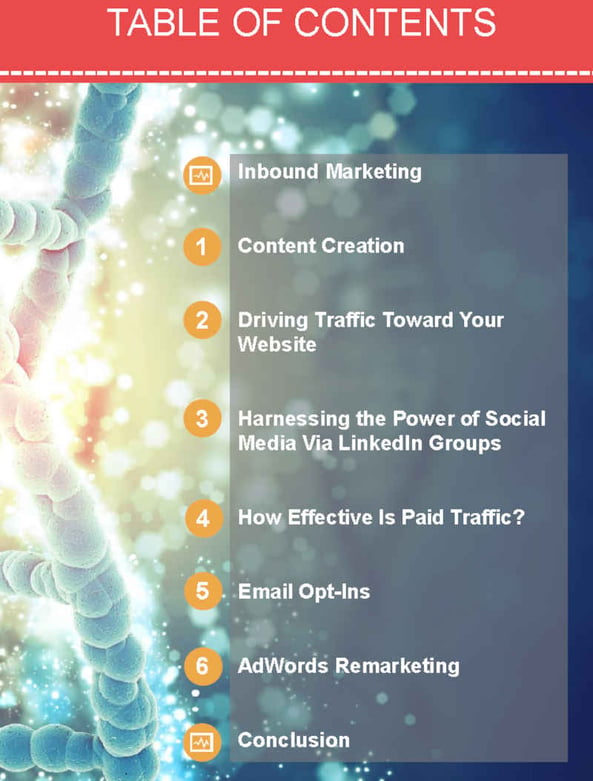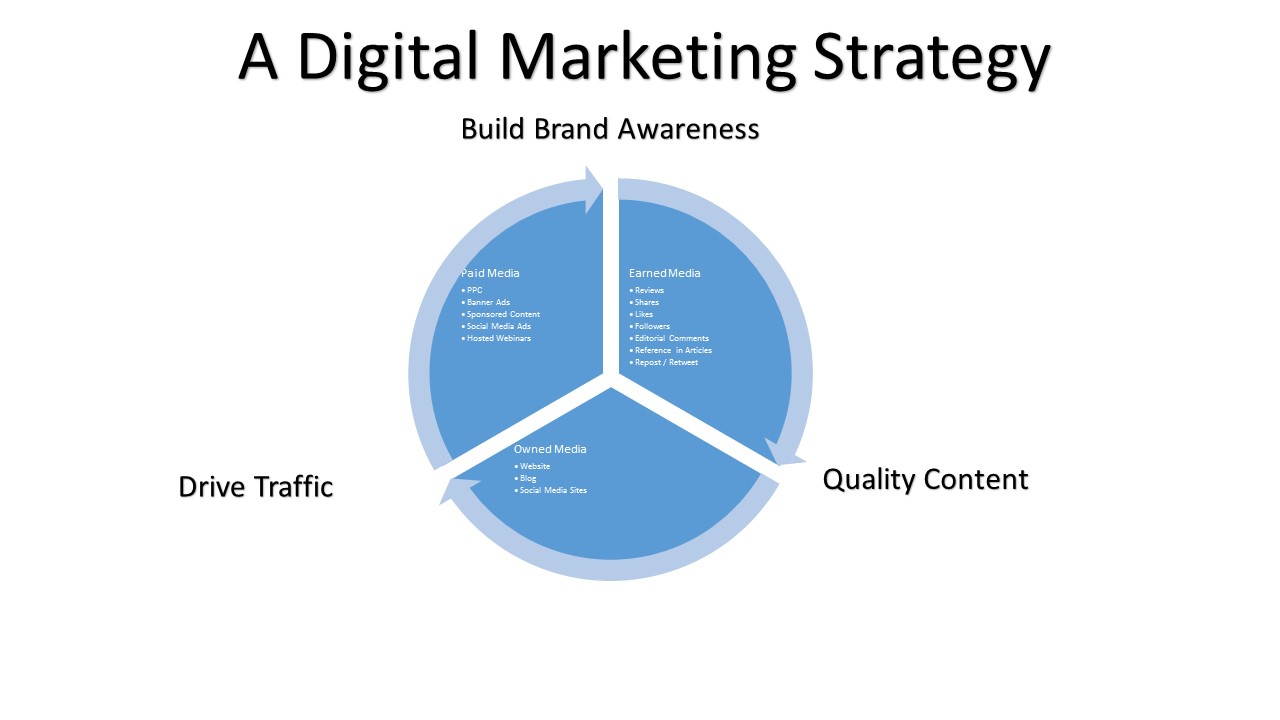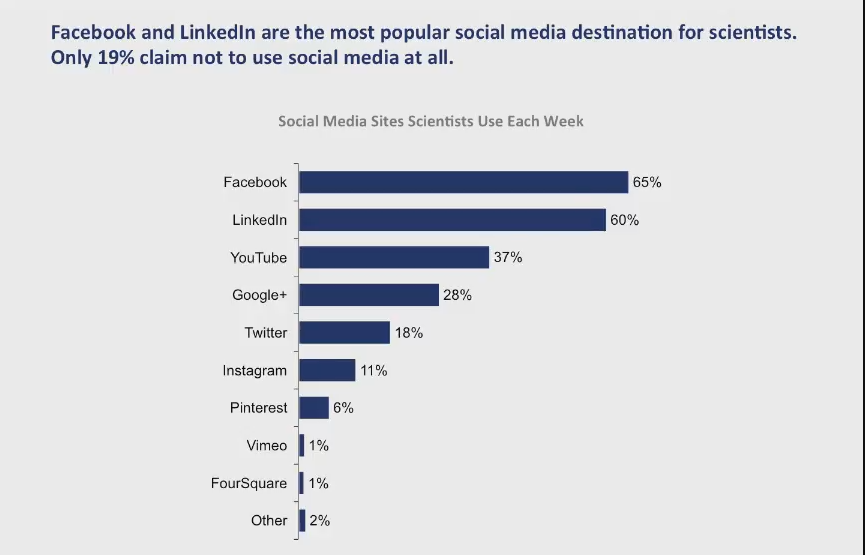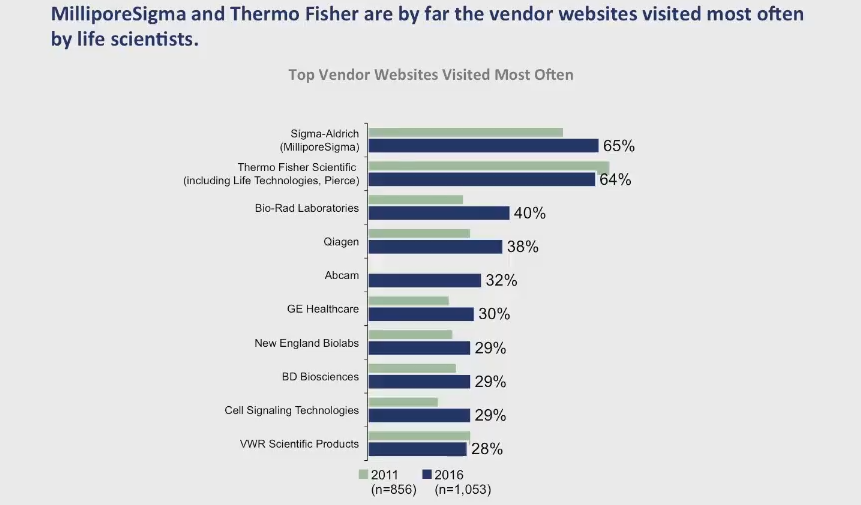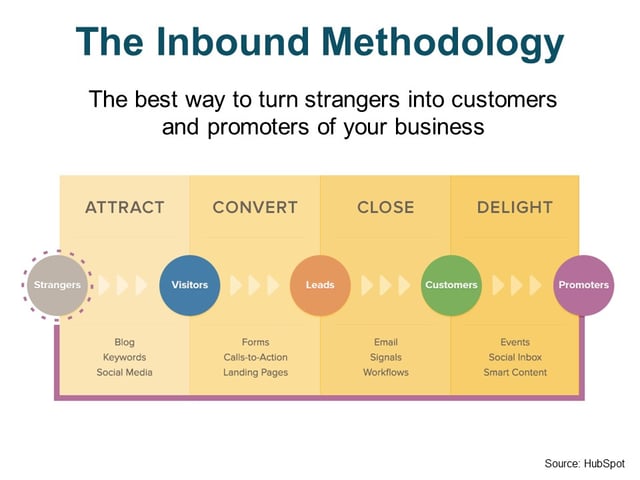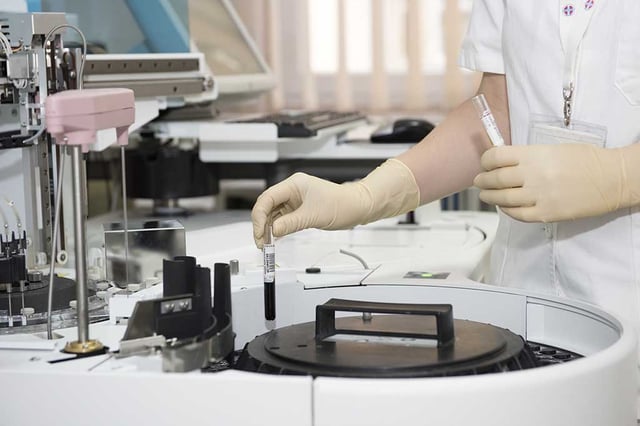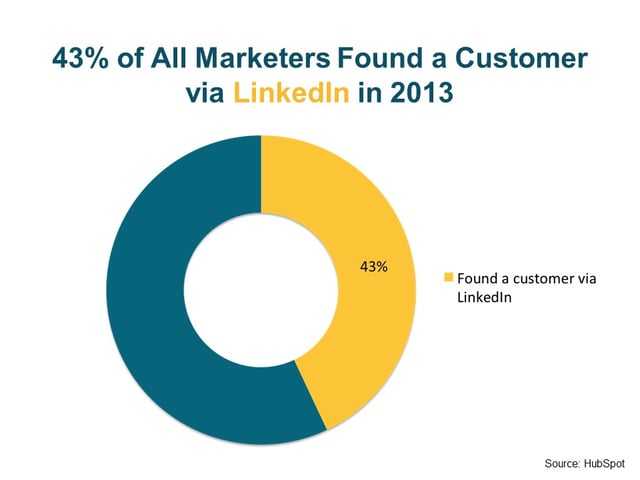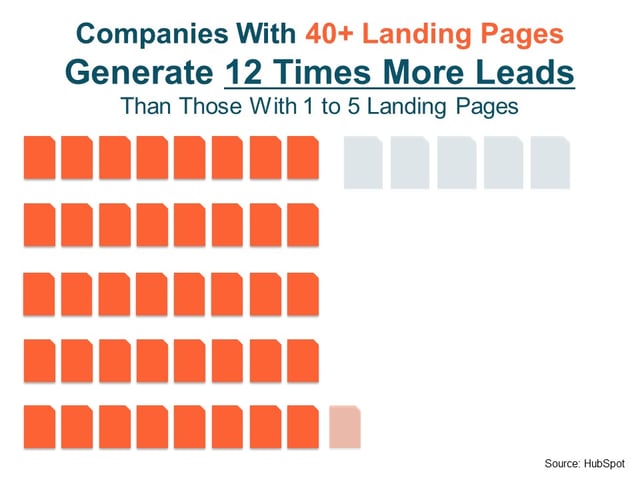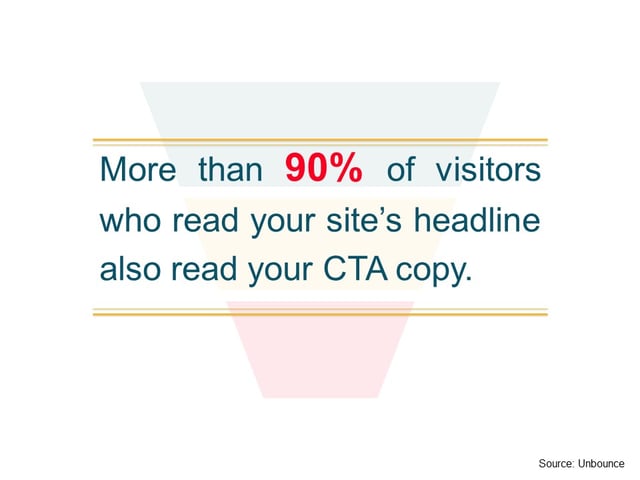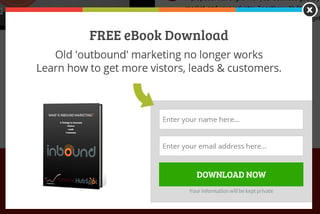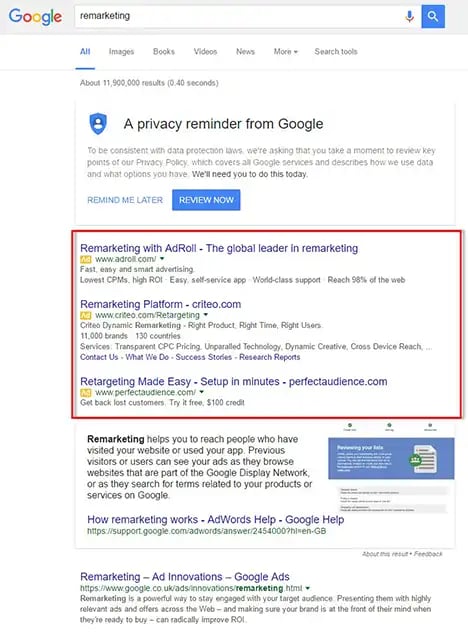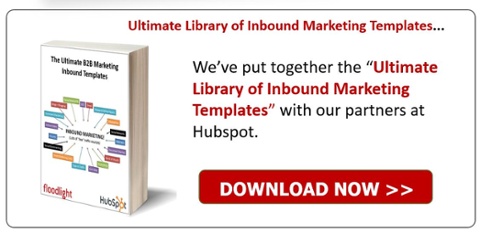Life Science Marketing: Inbound Sales & Marketing Strategy
- Home
- Life Science Marketing: Inbound Sales & Marketing Strategy
Inbound Marketing For Life Sciences - What's it all about?
In the world of life science marketing there are some basic factors to consider regardless of the product or service that you are providing.
You could be marketing pharmaceuticals or lab equipment, consumables, high-end microscopes, mass spectrometers, DNA sequencers or research services. You want to make sure that the life science professionals and scientists in your niche take notice.
Download this article as a free PDF to read and share, Click Here..
Source: (Designed by Kjpargeter - Freepik.com)
A properly researched, carefully built, structured marketing strategy and tactical plan can help you stand out, making your business more competitive, robust and rewarding.
The starting point for any advertising or marketing campaign to increase life science sales should be to develop a clear strategy aligned with your business goals. Before defining your marketing strategies, it's essential to identify the unique advantages of your offering, and how they line up against the challenges of your target clients.
To successfully market to the life science sector it's important to understand how scientific customers use digital content to find, choose, buy and use products and services for their work.
In this article, we'll cover the strategies that are most effective when marketing to life scientists. These strategies will be applicable across multiple sub-sectors including:
- pharma digital marketing
- marketing biotech
- medical device marketing
- general marketing in science
We will identify the characteristics of effective strategies that drive traffic and improve the conversion rates from visitors to leads and from leads into customers. Many of these strategies have been taken from successful life science consulting firms and pharma marketing companies and form the current 'best practice' in science marketing.
Digital Marketing
A digital marketing strategy for life science marketing is a tactical plan for engaging with customers through digital channels. It is one component of an overall marketing plan that supports the company's strategic business objectives.
A digital marketing strategy helps drive traffic to a company website, engaging with these website users (turning them into leads), converting them into customers and retaining them through an ongoing process of support.
This is often achieved with a combination of both inbound and outbound methods such as:
- Search engine optimisation
- Pay-per-click advertising
- Social media
- Video
- Mobile
- Webinar marketing tactics
Research
Research is key in the preparation of a life science digital marketing strategy. Here are several factors that you may want to review (change the details depending on your specialisation):
Time Spent Online
- Hours spent by scientists viewing web content related to their research.
- Percentage of time spent looking for information about laboratory products and services.
- Percentage of time spent viewing online content that is focused on lab products.
Search Engine Optimisation
- Top online sources of information searched when researching lab products and services.
- Use of natural (organic) search versus sponsored ads.
- The proportion of general searches that result in clicks to paid ads.
- Perceptions of accuracy and usefulness of sponsored and paid ads.
- Combination of search criteria used when looking for lab products and services.
Social Media Marketing
- Most frequently used social media platforms for the life science community.
- Most frequently used science-oriented social media sites used to support research.
Email Marketing
- Openness to various types of email content and preferences of frequency of contact.
- Email elements from suppliers that scientists find most interesting.
- Incentives that encourage scientists to join a supplier opt-in email list.
Mobile Marketing
- Prevalence of text messaging from life science suppliers.
- Willingness to accept push notifications on a mobile device.
- Types text message scientists would be willing to receive from a life science supplier.
Video Marketing
- Percentage of scientists who have watched an online video promotion of a life science supplier.
- Reasons for watching a life science supplier's online video.
- Average number of supplier videos watched in the past six months.
- How many videos watch prompt a scientist to search for additional information?
Webinars
- Percentage of scientists who have attended a webinar by a life science vendor.
- An average number of live supplier webinars attended in the past six months.
- How many supplier webinars prompted a scientist to search for more information.
Websites
- Supplier/competitor websites visited most often.
- Most popular vendor websites.
- Characteristics of the most popular websites.
- Most helpful features of a supplier website.
Life Science Content Marketing / Inbound Marketing
- Types of online content produced by other scientists and/or independent publishers utilised to learn about lab products and services.
- Types of online content from life science vendors utilised to learn about lab products and services.
- Ranked value of personalised content designed to help a scientist find, choose, buy and use products relevant to their work.
In order to allocate your digital marketing resources properly you need to review the above, taking into account the differences between regions, age groups and comparisons with past findings to highlight trends.
If you are working with biotech consultants at one of the top life science consulting firms make sure they report back to you on the above statistics for your sector.
Science and Marketing Fact: Most scientists begin their search for information about lab products with a general web search. Scientific publications and information found directly on a vendor's website are a close second and third. Source: (Bioinformatics LLC).
Search Engine Optimisation For Life Science Suppliers
A general web search has the advantage of discovering not only the information produced by life science suppliers and third-party publishers but also citations and reviews in relevant literature.
Suppliers must continually analyse incoming traffic to understand the ways in which users find their site with organic (non paid) searches.
Keywords alone are no longer enough to drive traffic to a site. Changes in Google search algorithms now place a large emphasis on the quality of the content and its relevance to the associated keywords. This is driving the shift towards content-based inbound marketing.
Reference: https://moz.com/google-algorithm-change
So optimising the way that scientists look for your products and services is under your control.
How Do Scientists Search For Products Online?
Scientific Marketing Fact: 16% of scientists say that they click on sponsored links that appear above or below the organic listings Source: (Bioinformatics LLC). They say that they do find these ads useful, so a paid ad campaign is often justified. However, detailed ROI work needs to be done on the actual costs as paid science advertising can be expensive.
To rank highly for your targeted search results suppliers' information must be high quality and reflect scientists' search intents.
Social Media For Scientists
Social media has always been a challenge for life science vendors as they struggle to provide the ROI of time and effort in social channels. However, statistics show that only 19% of scientists claim not to use Social Media for their product and service research.
Life science marketers are best served by focusing their efforts on the specific channels that are relevant to their particular niche. They should also carefully analyse, and track conversion rates from social media campaigns.
Science Marketing Fact: There is little evidence that social media paid ads are effective in driving sales in the life science sector.
Scientific groups on LinkedIn are often not widely used for scientific discussion. Many science-related websites have a social component, offering some opportunity for banner advertising and sponsored links. Often, however, they are too diverse to reach a receptive audience.
Source: (Bioinformatics LLC).
On average, scientists use 2 to 3 social media sites on a weekly basis.
What Are The Most Popular Social Media Sites For Scientists?
Social media can best be used to share and distribute high-quality content with a community.
Life Science Websites
A company website is the centrepiece of its digital marketing efforts. As such, it should continually add new content to drive traffic from customers and prospects.
Intuitive navigation, advanced search capabilities and content designed to support the customer buyer's journey should be built into the design.
Lead generation capabilities can support highly personalised campaigns appealing to different customer personas.
The importance of a mobile-friendly site is key as the majority of searches is now done on mobile or tablet, not via a desktop PC.
An example of an extremely popular site that does all this well is Thermo Fisher Scientific: https://www.thermofisher.com
What Vendor Sites Are Visited Most By Scientists?
Source: (Bioinformatics LLC)
Content Marketing
Many vendors tend to deliver their content marketing in a silo-based design-and-delivery method. This involves little cooperation or communication between divisions.
This is why many marketers working in the life science sector are turning to an inbound methodology. They are attracted by its emphasis of education-based marketing with the strong use of analytics and data-driven campaigns.
Inbound marketing for life sciences is an increasing trend, but for many the concept of inbound marketing is relatively new.
The industry has been known to use outbound marketing tactics as its main marketing strategy.
In the digital age, for a marketing strategy to be effective and drive sales growth, the marketing function is now shifting focus from outbound promotional activities to reaching out to a wider market. By doing so new prospects are attracted, visitors are converted into leads, and leads into customers. Inbound marketing for life science companies is becoming a mainstream strategy.
What Content Is Most Used By Scientists?
Source: (Bioinformatics LLC)
The Inbound Methodology For Life Science Marketing
Inbound life science marketing may sound a little more complex than outbound marketing, but it's more synergistic.
For instance, outbound marketing is designed to achieve a single exchange of value - i.e. purchase of a good or service in exchange for money. Whereas, inbound life sciences marketing is designed to engage in many small exchanges of value which can help life sciences achieve its marketing goals.
An effective inbound marketing campaign grabs attention, builds trust and strengthens the relationship with your target market.
Inbound marketing allows the marketing of life sciences to enter into new exchanges of value during their sales cycle, before the traditional exchange of product/service for money offered by outbound marketing.
These new exchanges are driving sales for marketing life sciences.
The following is a strategy based on inbound marketing for life sciences industry. It's specifically designed to enhance organic traffic and grow e-mail subscribers by leveraging creative content marketing, remarketing techniques and integration with social media networks.
If your goal is to create inbound pharmaceutical marketing strategies that are SMART (Specific, Measurable, Attainable, Relevant and Timely) then an effective inbound life sciences marketing strategy depends on creative and informative content, and measuring the ROI of your inbound campaign.
If you're able to, create and offer excellent tools, information and resources to your potential science and lab clients free of charge. This will not only give you an edge over your competitors but will substantially increase your brand awareness, enabling you to gain the trust of your target market.
Life science inbound marketing can help a life sciences company to become an industry expert through information sharing. This can be done in-house by training internal staff on best practice solutions or by hiring a specialist external digital medical marketing agency to do the work for you.
An experienced science marketing agency can reduce the learning curve and improve your marketing ROI. Making the complex compelling is how they earn their marketing salary.
For instance, take Abcam, Thermofisher and Genscript. They have great examples of how to build an inbound biotech sales funnel. On their websites, they have created massive collections of resources providing bioinformatics guides, tools, protocols, video tutorials, posters and lots of insightful resources to lab researchers and scientists.
This information sharing, based on life sciences inbound marketing, has not only brought them online success but led them to dominate major search engines like Google, Bing and Yahoo.
The average monthly traffic of Thermofisher is over 2 million, with 61% of traffic coming from organic search, directing visitors to their comprehensive database of tools and resources.
The next step in marketing life science is driving traffic towards that content. This can be achieved either through sharing links on various social media channels or through search engine optimisation (SEO) techniques.
The most popular social media channel for reaching out to scientists and lab researchers is their LinkedIn Profile. LinkedIn is not only about careers and science jobs, it's also about marketing your product, your service and yourself.
To reach your target audience on LinkedIn you need to optimise your content for that particular social media platform and its audience.
The next major step is to format your content to get leads via email opt-ins.
According to a report that surveyed 1000 life scientist researchers, it was indicated that promotional offers via email are the most valuable tools for scientists in helping them find products they need for their research. This is the reason you need to increase your email subscriber list.
Finally, those website visitors who arrive on your site but don't opt-in to email are later retargeted using Google remarketing.
Here are the major inbound marketing strategies that can drive traffic and sales to your life sciences, pharmaceutical, healthcare, medical or biotech website. These strategies can be deployed by your partner medical marketing agency or by your in-house marketing team:
Part 1: Content Creation For Life Scientists
If, for example, your main goal is biotech sales, then an inbound biotech marketing strategy must begin with great content.
Creating informative and insightful content is the backbone of biotech inbound marketing.
Content creation comes in different forms, it could be a white paper, a detailed infographic, a research article, or even an elegant poster.
The most important benefit of these tools and resources to your target customers is value.
Providing value reinforces your brand as an industry thought leader with the power to influence the market.
Rest assured, the next time your potential customers want any product or service related to the information you have shared, they will automatically turn to your website.
To optimise content and make it work for you in the long run, it is imperative to incorporate relevant keywords that will pull your target audience towards you.
High organic traffic you receive on your website comes from efficient keyword research.
Besides that, regular customer feedback is also important, along with following up on current social media trends and keeping up with your competitors' content.
It has been observed that the best type of content in life science is often a comprehensive guide based on one popular topic.
A guide should have detailed sections and sub-sections spread across several web pages, each of them targeting a specific sub-topic. So if you have several different pharmaceutical marketing strategies that need to be implemented, don't try to cover multiple pharma advertising goals in one piece of content. Choose one and cover it in detail.
Your pharmaceutical marketing plan should be broken down into multiple sub-plans as part of an overall strategy so that each one can be individually executed and tracked.
Recommended Action
- Create relevant content by providing high value.
- Optimise the content by using relevant keywords through keyword research.
- Follow up on current social media trends.
Resources
Part 2: Driving Traffic Toward Your Life Science Website
A marketing funnel cannot be completed if there is no way to reach out to the millions of users on search engines. You need SEO experts on your side. Here are some stats:
Google Traffic For Life Science Companies
Driving traffic to your website is as important as creating informative and insightful content.
When you publish an informative guide on your site, you must include links in key phrases that will enable the visitors to click on your website.
The more relevant key phrases you use in your guide, the better your chances of attracting organic traffic. Selecting the right keywords requires thorough research, but this is the most effective technique.
Fortunately, there are several tools available that can provide life science marketers with relevant keywords, such as Moz Pro, Google’s Keyword Planner and SEMrush. These enable you to leverage high traffic keywords in your content. If you have an inbound marketing agency that you're working with, they should have professional-level access to all these tools.
Recommended Action
- Generate organic traffic by using key phrases and keywords which will help your content be found.
- Use a tool to find relevant keywords: Moz Pro, Google's Keyword Planner, SEMrush.
Resources
Part 3: Harnessing The Power Of Social Media Via LinkedIn Groups
After Researchgate, LinkedIn is considered the world's second most popular and effective social media platform for life scientists.
However, LinkedIn is more flexible in implementing inbound marketing strategies than Researchgate.
According to a research conducted in 2014 called Bioinformatics Content Marketing Report observed that 21% of researchers preferred LinkedIn for sharing informative and insightful content.
Sharing content on LinkedIn Groups is one of the best ways to engage with various groups on LinkedIn. Marketers wanting to implement a healthcare inbound marketing strategy can share insightful content from their website with hundreds of biotech groups. Marketing biotechnology professionals have a ready-made audience who want to consume their content.
This is the perfect platform to share your created content.
NB: Be careful how you display your content. If group administrators notice that your content looks more like spam or sales, your shared link might be removed without warning.
Recommended Action
- Use social media platforms such as Researchgate or LinkedIn to provide potential customers or business partners with your informative and insightful content.
- Allow visitors to connect with you on social media platforms through social media buttons on your website.

- Set up an inbound marketing strategy.
- Create groups to reach prospects even more precisely.
Part 4: How Effective Is Paid Traffic?
There are several marketers in the bioscience marketing field who prefer using paid ads. One big mistake is forgetting to create separate landing pages for each of your ad groups. Separate pages allow you to get a higher ROI with each click.
It's also important to match the advert that the user sees with the final page that's delivered. A common mistake in building PPC ad campaigns is to send all traffic to the home page of the website. This typically results in low conversion rates and wasted ad spend.
Recommended Action
- Create landing pages specifically for each of your paid campaigns.
- Create as many landing pages as needed.
- Build A/B split tests to fine-tune the ROI.
Resources
Part 5: Email Opt-Ins
After all the hard work of driving traffic towards your website, it's time to turn targeted traffic into sale leads.
You can capture your potential customers' email information and keep them updated on your latest products or services.
With a Call-To-Action (CTA) on the website and a quick sign-up, you provide your customers an opportunity to download the entire resource.
This way you will be able to increase your email list.
Recommended Action
- Create landing pages.
- Create a little sign-up - for example for your newsletter to capture potential customers' email information .

- Use CTAs to capture potential customers' email information in exchange for your content.
Resources
- https://blog.whitehat-seo.co.uk/inbound-marketing-delight-smart-calls-to-action
- https://blog.whitehat-seo.co.uk/inbound-marketing-convert-calls-to-action
Part 6: AdWords Remarketing
Marketers can benefit from Google’s remarketing lists feature.
Through this feature, you can target display ads to visitors who are directed to your guide via Google search engine or LinkedIn.
By targeting your previous visitors via display ads, you will only be targeting individuals who are genuinely interested in the resource.
This saves you time and money going after customers who are not interested.
Recommended Action
- Use AdWords Remarketing for display ads to reach a specific group of interested potential customers.
Resources
- https://blog.whitehat-seo.co.uk/marketing-agency-scorecard
- https://blog.whitehat-seo.co.uk/integrate-pay-per-click-marketing
- https://www.whitehat-seo.co.uk/seo-services/pay-per-click-management
Part 7: Benefitting From an Inbound Marketing Strategy
Adding inbound marketing to an existing sales strategy is ideal for life science companies who are looking to broaden their online presence and want to generate invaluable sales leads.
Conclusions
- To run an effective inbound marketing life science campaign, you need an omnichannel approach. Set up and test multiple channels and concentrate on the ones that work best.
- Scientists are searching for useful and consistent information across multiple digital channels (omnichannel marketing) that are pertinent to their needs.
- Marketers must effectively communicate with their customers across multiple digital touchpoints and deliver consistent brand messaging.
- Effective digital marketing needs a brand that is dynamic, flexible and agile. Digital marketing must be advanced and constantly evolving.
Recommended Action
- Read our eBook to build up your own Inbound Marketing Strategy.
If the marketing funnels look too complicated or overwhelming, or if you think you need assistance in implementing it and fully harnessing the power of inbound marketing tactics, you can contact a life sciences consultant at our agency.
Life Sciences Consultants: Whitehat is an inbound life science marketing agency.
When you contact us you can talk to a life science consultant who specialises in Search Engine Optimisation, Social Media Marketing, Brand Optimisation and Inbound Marketing for life science companies. You can contact us for a one-on-one consultation and we'll be happy to assist you in your inbound marketing goals.

